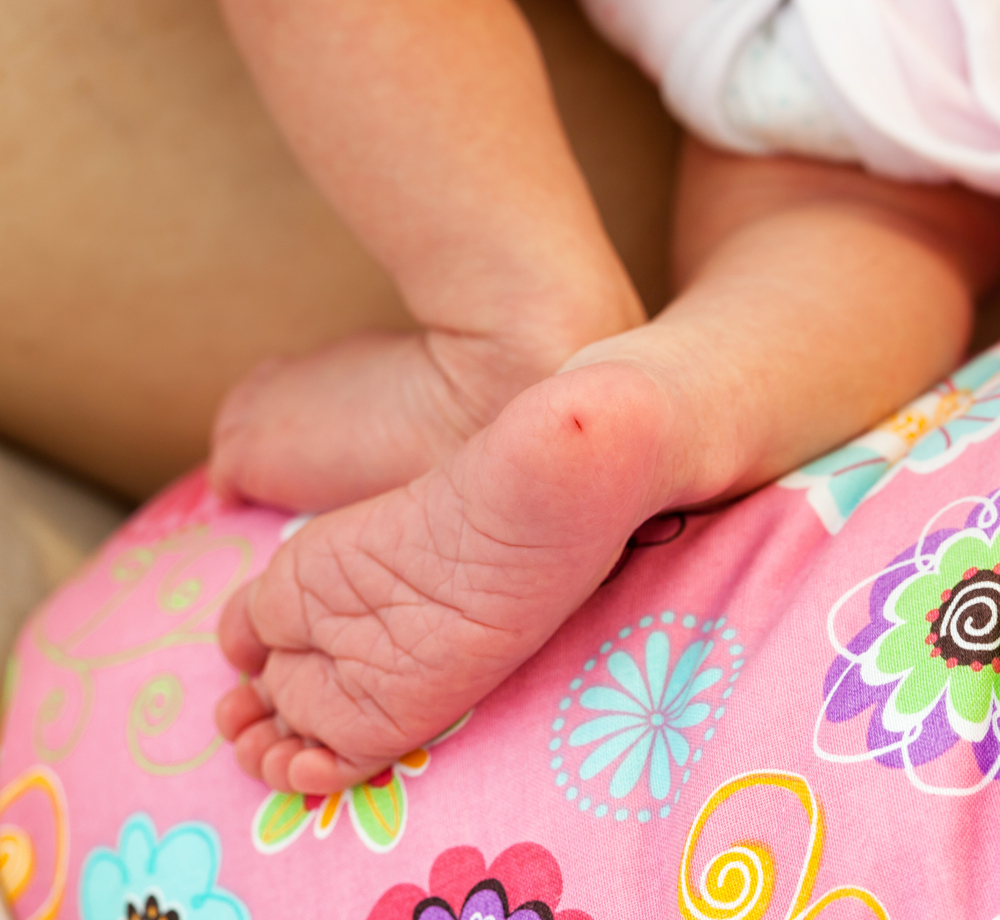Study Suggests Ways of Improving Newborn Screening for Sickle Cell Disease

Researchers in Spain have defined cutoff points in hemoglobin measuring that can improve sensitivity and specificity to neonatal screening for sickle cell disease (SCD). Scientists can apply the method to diagnose other blood disorders, leading to better neonatal care.
Their report, “Impact of prematurity and immigration on neonatal screening for sickle cell disease,” appeared in the scientific journal PLOS One.
Measuring levels of different hemoglobins in infants is essential in diagnosing SCD. Previous research had described the relationship among hemoglobin A levels, the duration of the pregnancy, the baby’s gender and the mother’s ethnicity. However, those studies never defined normal cutoff points for different neonatal hemoglobins that took such factors into account, thereby compromising the sensitivity of these diagnostic tests.
In this case, the researchers defined normal levels for hemoglobin A in newborns, taking into account factors such as premature births and immigration of their mothers from countries where genetic mutations that cause defects in the hemoglobin gene are commonplace.
The team, led by Dr. Vicente Francisco Gil-Guillén of Spain’s Miguel Hernández University, screened more than 16,000 blood samples from the Spanish province of Alicante — a region that attracts many immigrants — for SCD.
Researchers detected and quantified levels of different types of hemoglobin present in the blood of newborn babies. Next, they calculated the percentile of normality for hemoglobin A for each maternal origin (Spain, the rest of Europe, North Africa, sub-Saharan Africa, Latin America or Asia), gender, and duration of pregnancy (less than 37 weeks — defined as premature — or more than 37 weeks).
They found that levels of normality for hemoglobin A varied greatly depending on the mother’s origin and how long the pregnancy lasted.
Newborn screening to detect SCD has only been routine in places such as Jamaica or the state of New York that have long attracted a disproportionate number of immigrants from risk groups. But more recently, the disease has cropped up in geographical areas where they were historically low or absent.
Early detection can help provide better care for infants with SCD. For that reason, Spain and other countries have begun introducing neonatal screening for the illness. This study improves the accuracy of such tests while reducing costs. It also avoids unnecessary tests for newborn babies whose hemoglobin levels fall outside the normal range without having taken into account the other factors.






